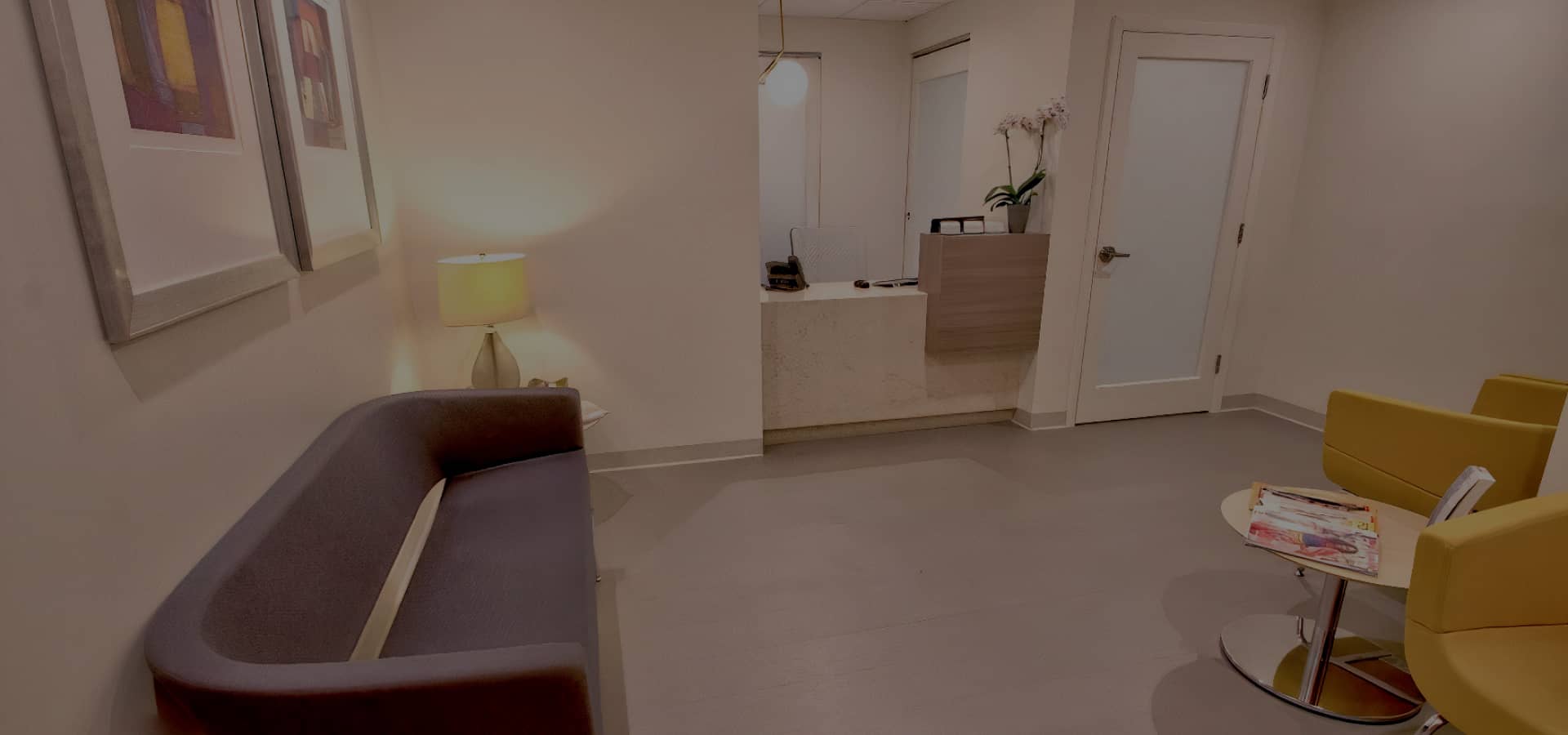Understanding the Causes of Breathing Issues and Rhinoplasty Solutions
Breathing difficulties can significantly impact quality of life, and in many cases, rhinoplasty offers a viable solution. Here, we delve into common causes of breathing issues and how rhinoplasty can address them:
- Deviated Septum: A common issue where the nasal septum (the cartilage dividing the nasal cavity) is misaligned, making breathing difficult. Rhinoplasty corrects this by straightening the septum, thereby improving airflow.
- Narrow Nasal Passages: Some individuals have naturally narrow nasal passages or a narrow middle vault, which restricts airflow. In such cases, rhinoplasty involves restructuring the nasal passages to widen them, facilitating easier breathing.
- Nasal Valve Collapse: This condition, often resulting from injury, leads to the collapse of the nasal valve, the narrowest part of the nasal airway. Rhinoplasty can strengthen or reconstruct this area to prevent collapse and improve airflow.
- Nasal Polyps: These are noncancerous growths in the nasal passage or sinuses that can obstruct breathing. While smaller polyps might be treated with medication, larger ones often require surgical removal during rhinoplasty.
How Does Rhinoplasty Recovery Affect Breathing Improvement?
After undergoing rhinoplasty, the stages of nose job recuperation greatly influence breathing improvement. During the initial recovery phase, swelling and congestion may occur, temporarily affecting normal breathing. However, as the healing progresses, nasal passages gradually open up, allowing for improved airflow. The final stages of nose job recuperation play a crucial role in achieving maximum breathing functionality post-surgery.
Does Swelling After Rhinoplasty Affect Breathing?
Swelling after rhinoplasty is common, but it does not typically affect breathing. However, managing rhinoplasty swelling is crucial to ensure optimal healing. It is important to follow post-operative instructions and take prescribed medications to minimize swelling. Although temporary nasal congestion may occur, it won’t inhibit normal breathing. Communicate any concerns to your surgeon for appropriate guidance.
Surgical Approaches in Rhinoplasty for Breathing Issues
Rhinoplasty for breathing issues is tailored to the specific anatomical needs of the patient. The surgical approach depends on the underlying cause:
- For a Deviated Septum: The procedure, known as septoplasty, involves repositioning and sometimes removing parts of the nasal septum to centralize it in the nasal cavity.
- For Narrow Nasal Passages: Techniques such as cartilage grafting are used to widen the nasal passages. This involves reshaping the internal nasal structure to create a wider pathway for air.
- For Nasal Valve Collapse: This might involve cartilage grafts to support and strengthen the valve area, ensuring it remains open for unobstructed airflow.
- For Nasal Polyps: Polypectomy, the removal of polyps, is often combined with rhinoplasty to clear the airway and improve nasal function.
Rhinoplasty For Breathing Issues with Miami Plastic Surgeon, Dr. Bared
Nasal breathing needs to be assessed with every patient who is considering a rhinoplasty. Nasal breathing needs to be assessed whether a patient has a pre-existing issue or does not have nasal obstruction. The nose primarily serves the purpose of the free flow of air and the humidification of the air before reaching the lungs. Nasal breathing is a quality of life that most people may take for granted. However, the obstruction of air through the nose will cause a person much distress. A rhinoplasty surgeon needs to have a keen understanding of the nasal anatomy and the potential sites which can nasal breathing problems.
Dr. Bared takes a thorough nasal breathing history and performs a thorough nasal breathing examination on every patient who is considering a rhinoplasty. If the patient has a pre-existing complaint of obstructed nasal breathing, Dr. Bared attempts to diagnose and treat the cause of this obstruction. As a facial plastic surgeon with a background in otolaryngology, Dr. Bared has a thorough appreciation of the nasal anatomy and the various causes for breathing problems. Dr. Bared performs a thorough examination of the nasal valve which is very often overlooked by surgeons. The nasal valve is the narrowest point of air flow in the nose. It is a three-dimensional area that is often misunderstood even by ear, nose, and throat specialists. As a fellowship trained facial plastic surgeon who specializes in nasal surgery and rhinoplasty, Dr. Bared performs a detailed analysis of this area within the nose to both prevent and treat nasal breathing problems.
Rhinoplasty Miami surgery has to be performed in every case with a great respect for the function of the nose—to breath clearly and unobstructed. If a rhinoplasty surgery is performed without this knowledge or appreciation nasal breathing problems will ensue. It is always in the best interest of the patient, to prevent nasal breathing issue as once a nasal breathing issue ensues after a rhinoplasty its correction becomes challenging. This being said, given Dr. Bared’s background as a facial plastic surgeon specializing in rhinoplasty, he often corrects nasal breathing issues in his revision rhinoplasty cases.
It is important to consult with a surgeon who specializes in rhinoplasty surgery and has the appropriate background and surgical training. Nasal breathing issues can cause great distress and the benefits of clear nasal breathing are often not entirely appreciated until after it has been corrected. Dr. Bared will often hear from patients, “I didn’t even know how poorly I breathed through my nose until after the surgery corrected the problem.” Nasal breathing is a quality-of-life issue that should not be ignored and appropriately addressed in rhinoplasty.
Frequently Asked Questions About Rhinoplasty for Breathing Issues
Rhinoplasty can effectively address several causes of breathing difficulties, including a deviated septum, nasal valve collapse, and structural abnormalities due to injury or congenital defects. Each of these conditions can obstruct the nasal passage, making breathing challenging.
Rhinoplasty involves reshaping or adjusting the nasal structure to clear obstructions in the airway. This can include straightening the septum, widening narrow passages, or correcting structural deformities. These changes facilitate easier and more efficient nasal breathing.
Recovery varies per individual, but generally, patients can expect some swelling and discomfort immediately after surgery. Breathing may initially feel different as the nasal passages heal and adapt to their new shape. Complete recovery and the full effect on breathing are typically observed a few months post-surgery.
As with any surgical procedure, there are risks involved. These may include bleeding, infection, or adverse reactions to anesthesia. Specific to rhinoplasty, there’s a risk of persistent breathing difficulties or dissatisfaction with aesthetic outcomes. Choosing a qualified and experienced surgeon can significantly minimize these risks.
Ideal candidates for rhinoplasty are individuals experiencing breathing difficulties due to nasal structure issues, in good overall health, and with realistic expectations. A consultation with a facial plastic surgeon, like Dr. Bared, is the best way to determine your suitability for the procedure.
Want to know more about Rhinoplasty?

